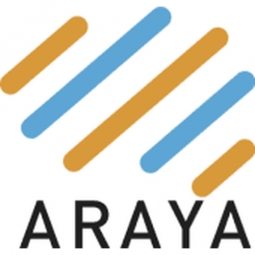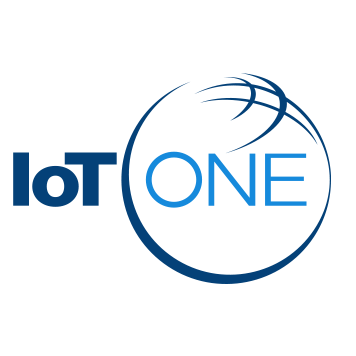Overview
This profile is not managed yet, if you would like to manage
this profile, please contact us at team@asiagrowthpartners.com
this profile, please contact us at team@asiagrowthpartners.com
 |
ARAYACreating a Future Society with AI Technology |
| Japan | |
| 2013 | |
| Private | |
| < $10m | |
| 51 - 200 | |
| Open website |
IoT Snapshot
Technology Stack
Case Studies
Number of Case Studies1
|
Introduction of AI to Quality Inspection of Consumable Raw Material
In the past, it was necessary for inspectors to visually detect minute foreign substances that rarely got mixed in with raw materials (plants) flowing down the production line.The challenges are:1. difficult to detect visually by inspectors - It was necessary for inspectors to visually inspect foreign objects as small as 1mm, which made it difficult to detect them.2. existing inspection devices cannot cope with the problem - In addition to the fact that the foreign matter is microscopic, both the raw material and the foreign matter come in multiple types and colours and have unspecified shapes, so rule-based image inspection systems could not handle them.3. different conditions for each factory and line - The customer has multiple factories and lines, each with different types of foreign matter, different conveyor speeds, and different inspector skills. |



